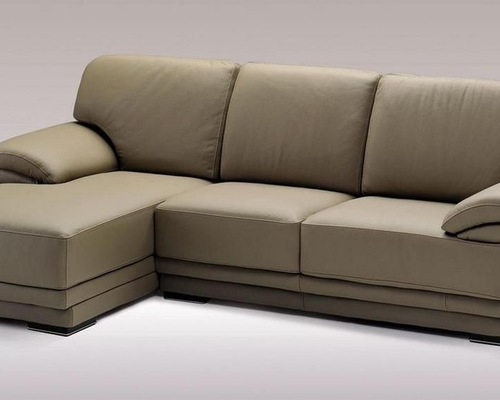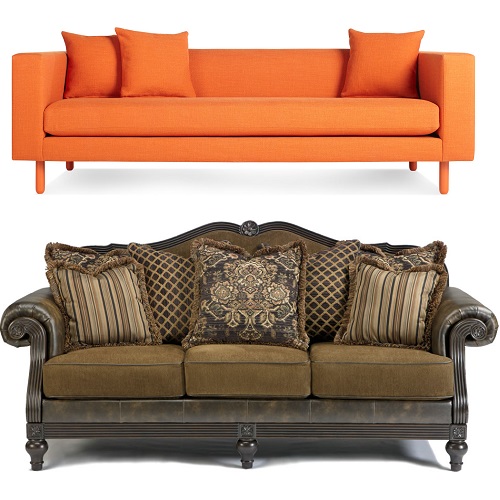Buying an electric guitar can be an overwhelming process. After all, there are countless brands and each brand can easily have a dozen different offerings. A seasoned guitarist can scroll through pages and pages of instruments and narrow it down to a shortlist of candidates in an instant, but what if you aren’t an experienced guitarist? What if you don’t know the difference between a Humbucker or a single-coil pickup or what the heck a Floyd-Rose is? This article is for you.
Appearance

Musicians may deny it, but looking cool is certainly a perk of playing the electric guitar! Fortunately, when it comes to solid body electric guitars, the actual shape has little impact on sound quality. That’s why you’ll find guitars in a wide variety of shapes, from your classic “Fender Stratocaster” look to the Gibson “Flying V”, to the star shaped Washburn made famous by the late Dimebag Darrell.
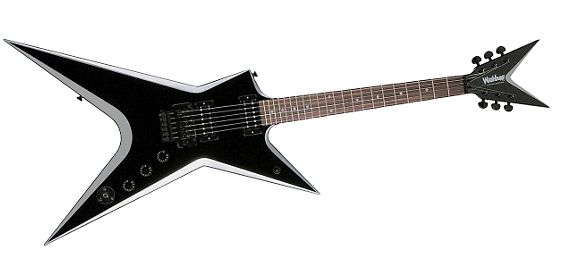
Most electric guitars can be used to play any style of music, so the choice is purely aesthetic. The Stratocaster, Les Paul, and ‘SG’ looks are the most popular. You’ll find guitarists of almost all genres playing guitars with body shapes that resemble these three classic instruments. The more adventurous body types, such as the Flying-V and Star were heavily adopted by hair metal guitarists of the 80s. Though there are always exceptions: the Flying-V design originated in the late 50s and was the favorite guitar of blues legend Albert King.
What should you pick? Personally, I like the Fender Stratocaster shape. It’s the “classic” electric guitar look you’re probably familiar with and you’ll never look out of place holding a Stratocaster shaped guitar. That said, it’s a matter of personal preference!
Pickups
When it comes to actual sound, the Pickups (and their placement) are the most important component of an electric guitar. These electro-magnetic parts of the guitar lay underneath the strings on the body of the guitar, between the bridge and the fretboard. As their name implies, they are responsible for picking up the sound generated by the vibrations of the strings.
Electric guitars generally have more than one pickup and a pickup selection knob that allows for various combinations of the pickups to be activated or deactivated depending on the desired sound the player wants.
There are two main types of pickups found in most electric guitars: single-coil, and Humbuckers.
The single-coil pick up is the pick up that looks like a single row of metal circles. The sound they generate is most associated with blues and early classic rock: A clean, crisp sound with well defined separation between notes. These pickups; however, are prone to hums and interference.
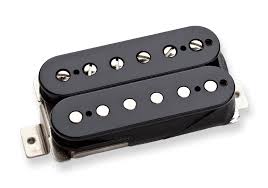
A Humbucker pickup looks like two single-coil pickups attached to each other. This is no coincidence: it is composed of two coils! Originally designed to help reduce the hum effect of single-coil pickups, Humbuckers have become synonymous with fuller “fatter” tone. It is a favorite among heavy rock, metal, and also jazz.
Many guitars have both, and the option to switch a coil off in the Humbuckers to make them act like single coils. If you aren’t sure which sound you’re going to like, pick a guitar that has both a Humbucker and single coil pick up.
The Neck
The pickups have the biggest impact on actual sound, but as a guitar player, you’ll be spending most of your time using your fingers on the fretboard and your hand wrapped around the neck. The most important components of the neck are the number of frets and the action.
There are other components, such as neck shape, wood type, and scale length, but while these features matter, they are mostly a matter of preference and unlikely to make a large difference to all but the most experienced guitar players.
For example, I spent at least a decade playing the guitar before I even knew that different guitars had different scale lengths and never once noticed my playing impacted by differences in this feature.
The typical guitar has 22 frets, which is sufficient to play most electric guitar music; however, some guitars go as high as 24 frets, if not more. Usually guitars with 24 frets are more costly, but the 24th fret is a convenient two full octaves higher than the open string, quite useful if your interest lies in guitar solos and improvisation.
Action describes the distance between the fretboard and the strings. Low action (a low distance between the fretboard and strings) is easier to play since one does not have to press the strings down as much distance. However, ‘fret buzz’ is possible if the action is too low. This is caused by the strings being too close to the fretboard such that they strike the metal of the frets. Ideal action for play-ability is as low as possible without fret buzz. Note that the action of the guitar can be adjusted.
The Bridge
The metal piece near the bottom of the guitar body where the strings connect is called the bridge. If you never use the whammy bar, bridge decisions are likely not of significant concern; however, if you want to mimic the sounds of guitarists such as Eddie Van Halen and Steve Vai, you’ll need a tremolo bridge, and ideally a locking or Floyd Rose tremolo bridge.
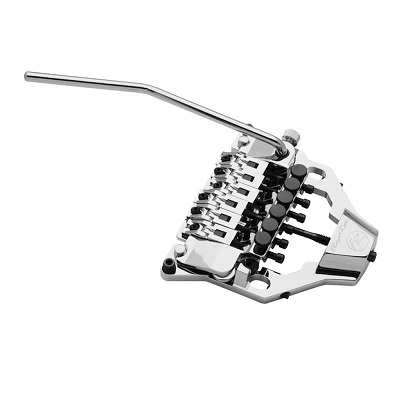
One disadvantage of using the Whammy bar in a typical tremolo bridge is that large movements of the bar can put the guitar out of tune. The Floyd Rose (or similar designs) allow for extreme Whammy bar bends and tugs without impacting guitar tuning.
Price
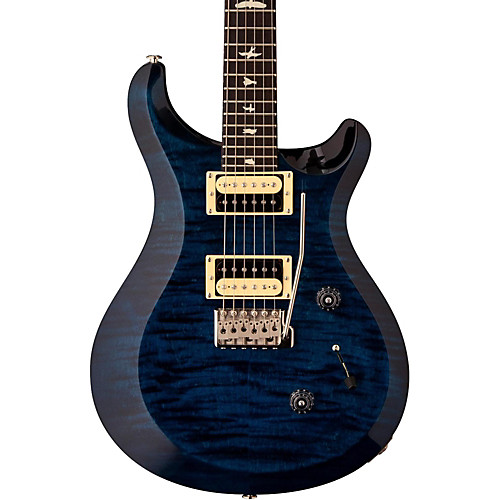
If money is no object there are plenty of high end guitars such as a $4000 PRS Custom24 which you can’t go wrong with. However, not all of us can afford spending $4000 on an electric guitar, and a beginner isn’t going to appreciate the nuance of such an instrument. A borderline playable electric guitar can be had for as little as $100, though you won’t be able to have much of a say on the feature set. At around $300, plenty of reasonable options emerge, and a great pro-level electric guitar can be had for under $1000.
The Wizard Not The Wand
Choosing the right guitar is an important step on your guitar playing journey. But, it’s always important to remember “it’s the wizard, not the wand”. What is going to be responsible for a great sound isn’t just the guitar, it’s mostly you! So no matter what guitar you pick, the perseverance you put into your guitar playing is what matters most!











